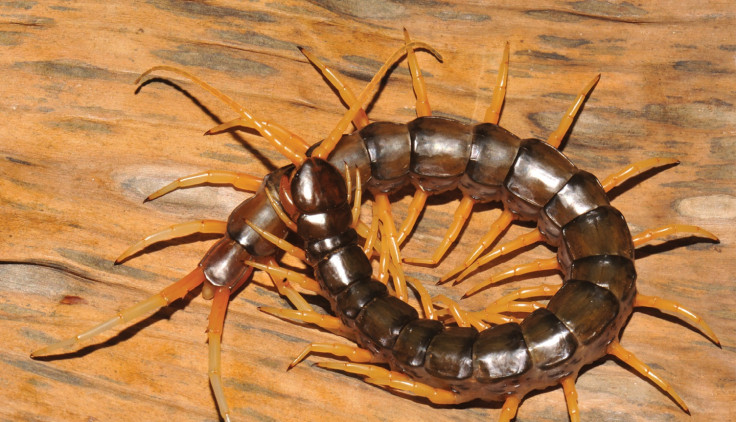Giant swimming centipede causing painful bites discovered in Thailand
Scientists describe the new species living in South-Asian streams and rivers.

The first centipede known to be able to swim has been discovered in Thailand, scientists have announced. The species is considered to be a giant type of centipede as it can grow up to 20cm (8in).
The creature was discovered in 2001 in Thailand by a entomologist from London's National History Museum, during his honeymoon, the National Geographic reports. It hid under a rock by a stream and escaped swimming in the water when discovered.
Scientists now know it belongs to a group of centipedes called Scolopendra and can actually be found in different countries of South Asia – including Laos and Vietnam.
Although the centipede was discovered 15 years ago, it was only recently described in the journal ZooKey because for many years, many scientists doubted it belonged to the Scolopendra genus.
While a previous member of the species had been found in dry habitats, these centipedes appear to thrive in streams and rivers and so they could not believe them to be so closely related.
Careful observation of its morphology as well as DNA analysis however confirmed it was a new kind of centipede, but from the same Scolopendra genus.
In reference to the species' preference for aquatic environments, the scientists thus gave it the name Scolopendra cataracta, from the Latin for "waterfall".
Painful bite
Like other types of Scolopendra, the centipede is venomous and known for its painful bite. The bites can cause an excruciating, burning pain that spreads through the entire arm or leg even if the person has just been bitten on the toes or fingers.
Though the pain may persist for sometime and can lead to feeling feverish, most people are unlikely to die from a Scolopendra cataracta bite and won't have any longer-lasting effects.
© Copyright IBTimes 2025. All rights reserved.






















